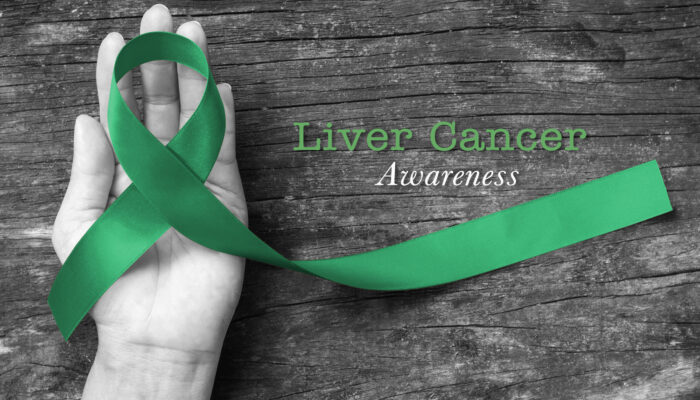
All you need to know about tuberculosis
Tuberculosis is an infectious disease that could potentially be serious if not addressed at the right time. It is usually caused by Mycobacterium tuberculosis bacteria that mainly affect the lungs and also other parts of the body. The bacteria that causes tuberculosis (TB), spread through the air when people who have active tuberculosis in their lungs cough, spit, speak or sneeze or even laugh and sing.
Most of these infections do not have symptoms, in which case it is known as latent TB, the progression from latent to active TB will be around 10% and if left untreated it could be life threatening to at least half of the affected ones. Tuberculosis was once a rare infection in the developed countries until the emergence of HIV in 1985 after which it saw an increase. Thanks to the strong control program in the country, tuberculosis began to decrease again in 1993, however, it still remains a concern with one-quarter of the world population which is thought to be infected and with an increase of 1% every year.
People actively infected must take several types of medications for long durations to eradicate the infection and prevent the development of antibiotic resistance.
People with active tuberculosis can have symptoms like chronic cough with blood containing sputum that lasts for three weeks or more, loss of appetite, weakness or fatigue, fever, night sweats, and weight loss. Due to the weight loss, it was historically called the ‘Consumption’, and other wide range of symptoms could occur due to infection in other organs.
As mentioned earlier, tuberculosis is infectious and contagious and could spread easily through the microscopic droplets released into the air by actively infected people and people with HIV/AIDS and those who smoke can easily succumb to this infection. Most people with active tuberculosis who have had appropriate treatment for at least two weeks are no more contagious. People infected with HIV have a suppressed immune system that makes their system difficult to resist or control the bacteria, as a result, making them succumb and progress from latent to active than people who aren’t HIV positive. Another reason tuberculosis still remains a major killer is due to the increase in the drug-resistant strains of the bacterium. Ever since the first antibiotics were found to fight tuberculosis about 60 years ago, some tuberculosis germs have developed the ability to survive despite the medication and this ability has allowed to pass on to their descendants.
The surviving bacteria become resistant to a particular drug and frequently others as well when antibiotics fail to kill all of the bacteria’s in target thus the emergence of drug-resistant strains of tuberculosis infectious surviving bacteria. Some tuberculosis bacteria have developed resistance to most commonly used drugs such as Isoniazid and Rifampin and also to lesser commonly used Fluoroquinolones and injectable medications that include Amikacin and Capreomycin. These medications are often used to treat infections that are more commonly used.



